Lesson 1: Treasures kept through generations
No one knows when the tea tree first took root in Muong Cha, but it has been closely associated with the lives of the Chinese and Mong people in the highland villages of Sa Long, Huoi Leng, Hua Ngai, and Sa Tong communes for many generations. Through many ups and downs, the tea tree still exists, witnessing all the changes of the land and people here.
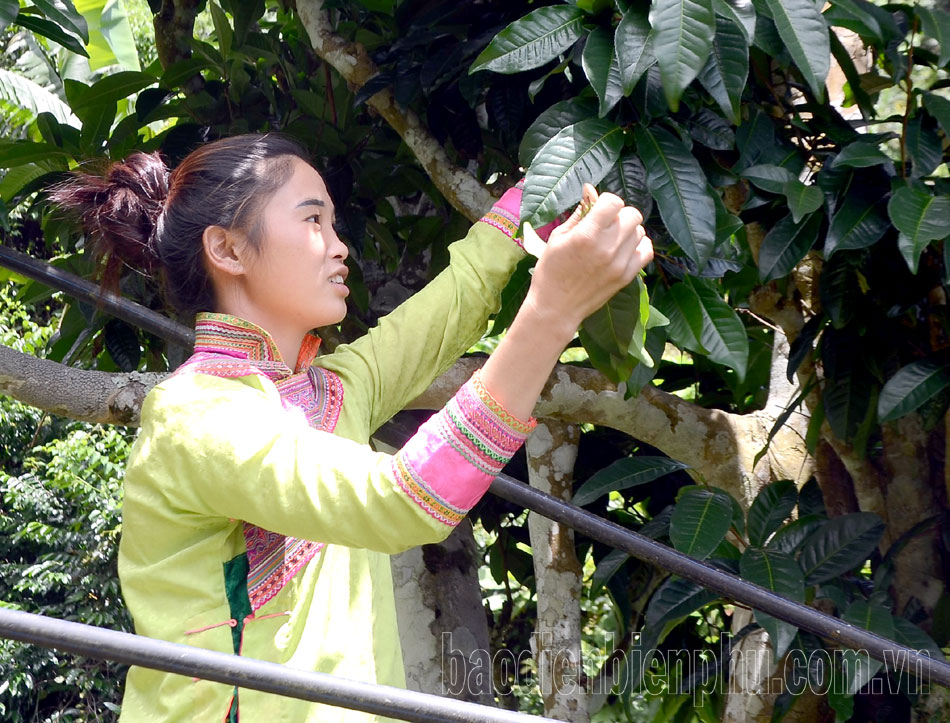
Special forest trees
Going up the slope of more than 10km from the center of Sa Long commune, we arrived at Then Pa village - the place with the largest number of ancient tea trees in the commune. The ancient tea trees here grow interspersed with forest trees or along the edge of streams, in home gardens. At an average altitude of about 1,000m above sea level, Then Pa's climate is fresh, cloud-covered all year round, cool all year round. Therefore, the tea trees also grow and develop well, although according to the people, they are not cared for much.
Stopping at a spacious wooden house, we met Lo Seo Phan. According to Phan, she is a local who has been married to Then Pa for many years. Since coming here, Phan's husband has introduced her to 30 tea trees "inherited" from her father, including more than 10 ancient trees, about 50 - 60cm in diameter.
“My husband said he didn’t know exactly how many years old the family’s tea trees were, but they were certainly older than his father and grandfather. Because they were left from his generation and then gradually divided among his children and grandchildren. Although they didn’t bring economic value to the family, he told us that drinking tea leaves is very good for health, so we had to take care of and protect them. Every year, my husband and I pick about 2-3 times, each time a bag of fresh buds to dry to drink gradually or give to distinguished guests,” Ms. Phan shared.
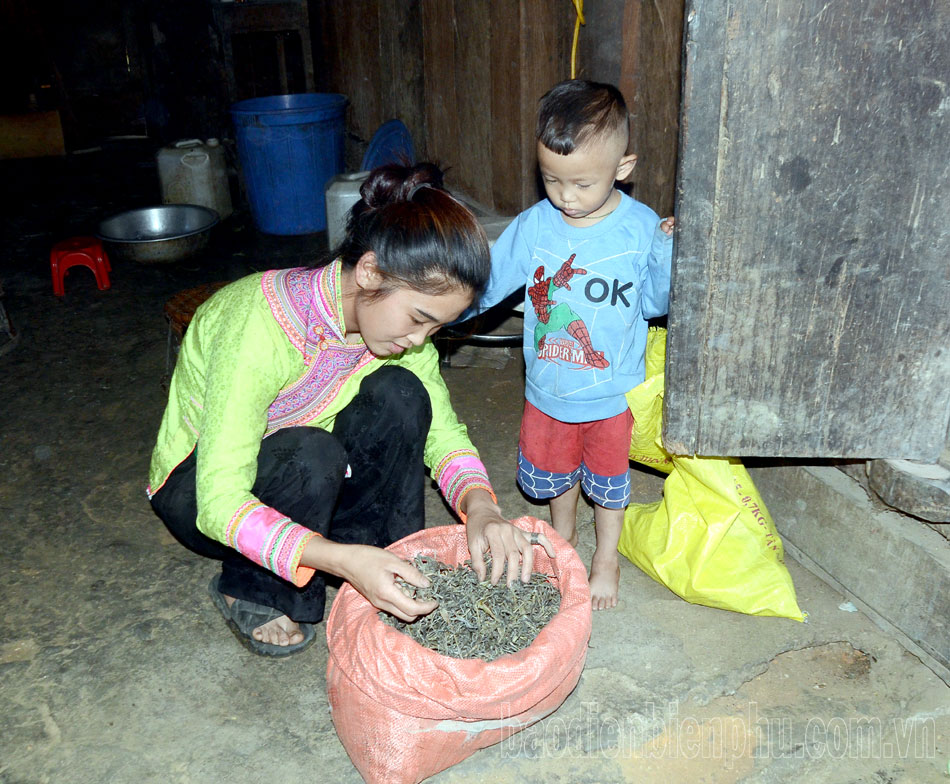
Walking around, we counted dozens of large tea trees growing around the village. The trunks were rough, covered with moss, and the canopy reached 2-5 meters high.
Mr. San Seo Ngan, Chief of Then Pa village, shared that he had heard many times from the elders in the village that the tea trees here mainly originated from Hua Ngai commune. A few people brought seeds from Tam Duong district ( Lai Chau ) to plant. Each type has different characteristics, but they are all tall tea trees that grow like forest trees. Many of the trees have been through many generations, with an estimated age of more than 100 years.
“Although it does not bring economic value, after many times picking the leaves to drink, people found it good for health, so they encouraged each other to preserve and protect them. Therefore, despite the difficult life, no family intends to cut down or destroy the trees. Some families pick fresh leaves to drink every day, while others dry them and drink them all year round as a precious medicine to protect their health!” - Mr. Ngan said.
Difficult journey to find a place
With the largest area of tall tea trees in the district, Sa Long commune currently owns nearly 3,000 trees. Of these, 361 trees are identified as ancient trees (root diameter of 10cm or more) in Then Pa village, managed by 28 households; about 2,550 small trees (root diameter of less than 10cm) in Chieu Ly and Then Pa villages.
Mr. Hang A Tang, Vice Chairman of the Commune People's Committee, said: "Currently, the entire tea area is still maintained and protected. However, the locality has not been able to include tea trees in the list of annual crops because they have not yet brought income to the people."
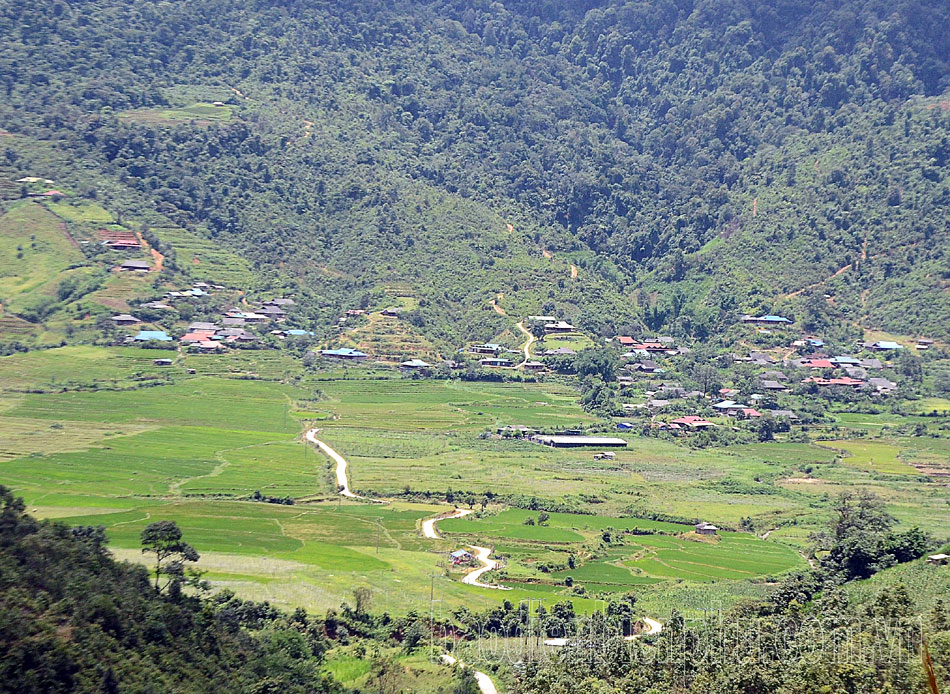
As the second commune in the district in terms of possessing a large number of tea trees, Hua Ngai commune has 371 trees in Ha La Chu B village, currently assigned to 1 household for care and protection.
According to many people, in 2014, Phan Nhat Tea Company Limited invested in on-site tea processing machines and took on the responsibility of purchasing all tall tea products for people in the Can Ho area (Ha La Chu B village). Households were also instructed on harvesting and processing techniques to ensure the quality of the finished tea products. At that time, the local government also hoped to develop tea into a long-term industrial crop to help local people eliminate hunger and reduce poverty. However, up to now, the value of tea has not been fully exploited.
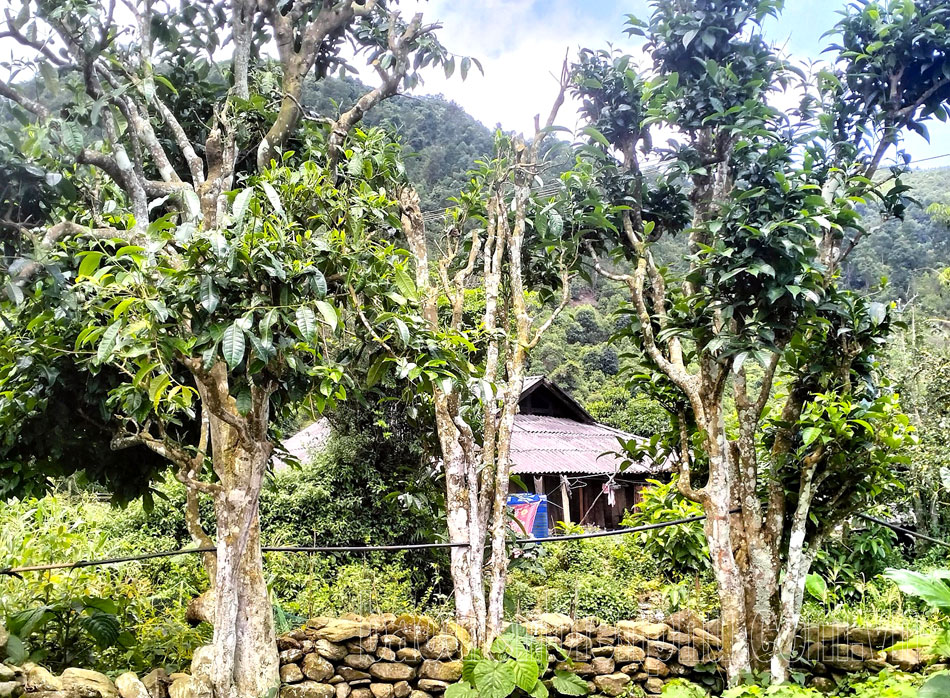
Confirming this information, Mr. Phan Trong Nhat, Director of Phan Nhat Dien Bien Tea Company Limited, said: “Previously, the Company has conducted many surveys and evaluations on the quality and potential for developing tall tea trees in Muong Cha. Through research and evaluation, it is shown that the quality of tall tea trees here, especially in Hua Ngai commune, is on par with Shan Tuyet Tua Chua tea. Not only that, the tea also has a slightly bitter taste, this is a very popular line in the Chinese market.”
However, according to the company representative, because the people and the local government at that time did not really pay proper attention to the tea trees, the care and harvesting were not guaranteed. The yield of each harvest was also low, so the company could not continue and had to temporarily stop investing.
With no economic income and a difficult life, people are not interested in tea trees. Most people focus on developing traditional crops. For a long time, without care, tea trees depend entirely on nature, growing and developing resiliently like forest trees!
Lesson 2: Finding a sustainable direction
Source: https://baodienbienphu.com.vn/tin-tuc/kinh-te/217110/danh-thuc-tiem-nang-cay-che-o-muong-cha



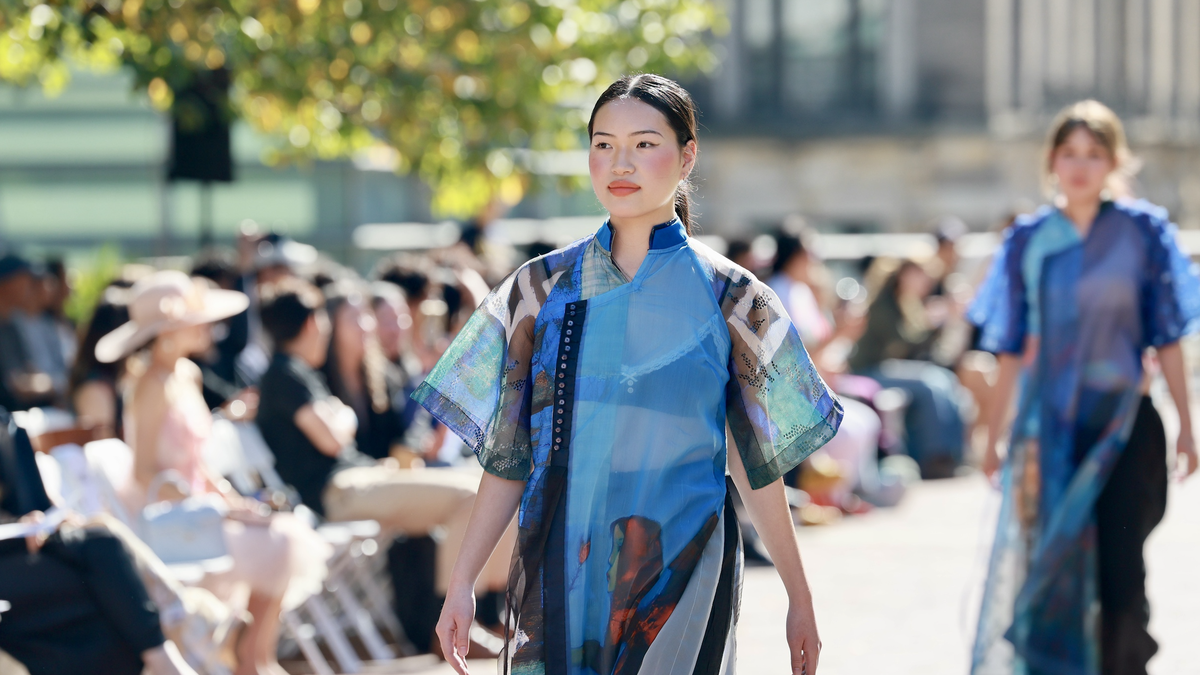

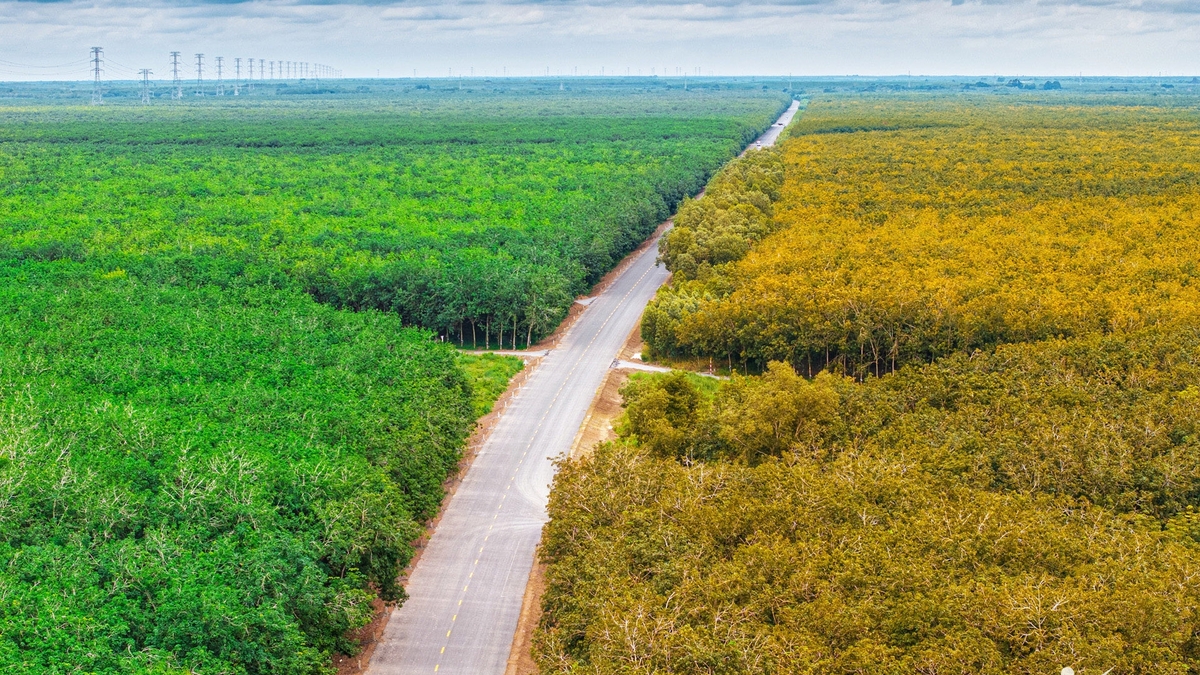
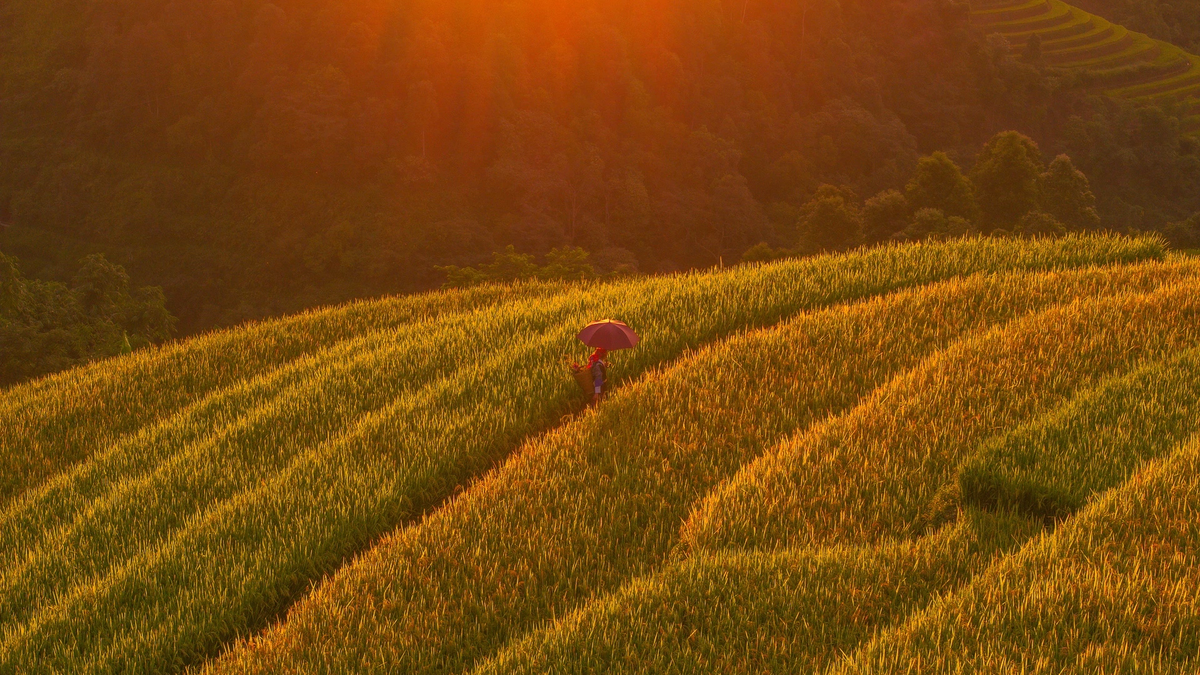


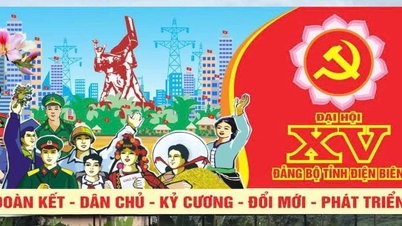



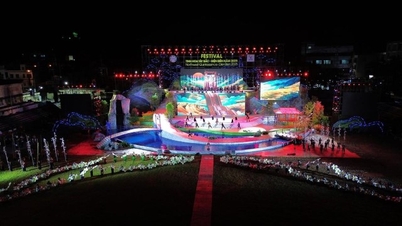

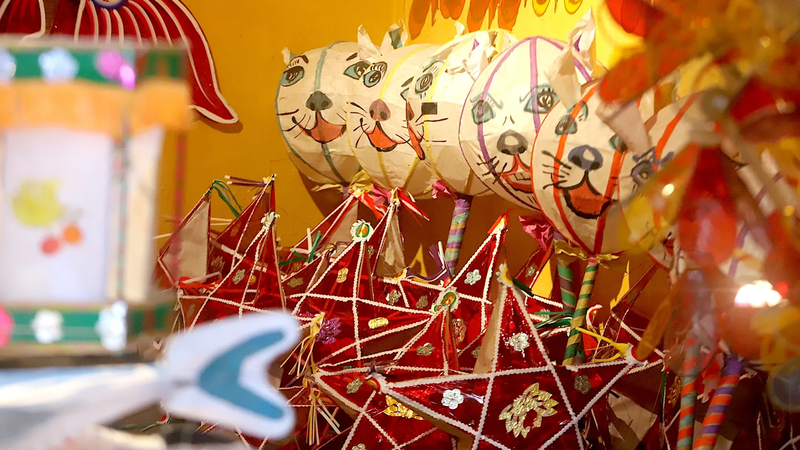
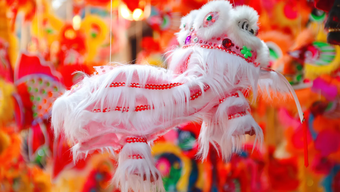






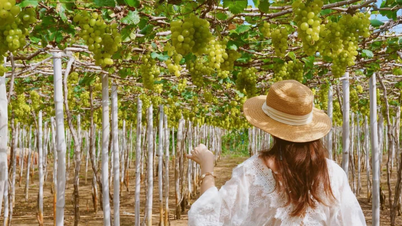

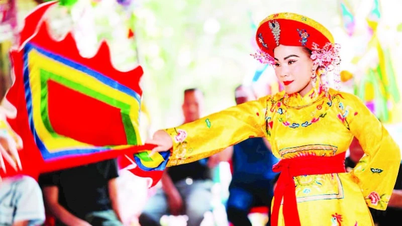

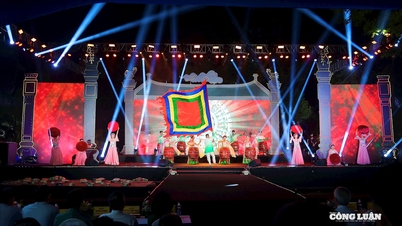

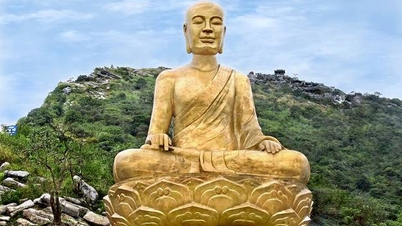

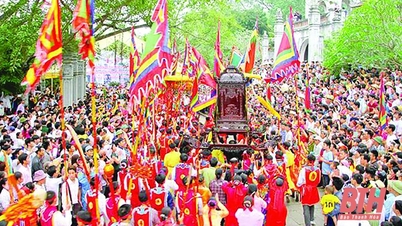

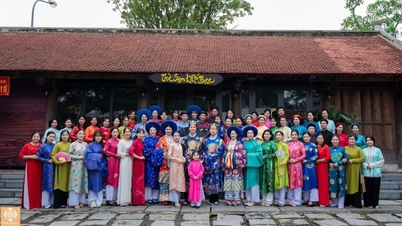

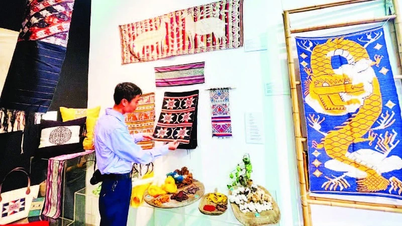
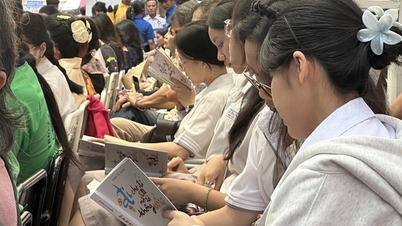



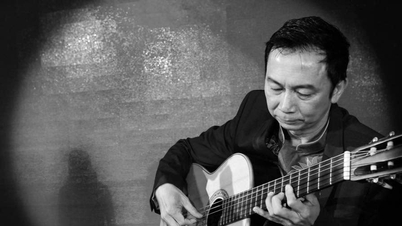





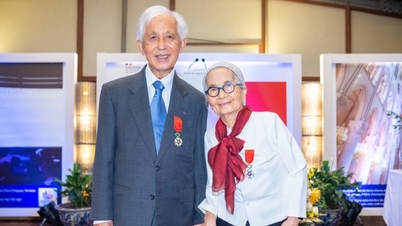




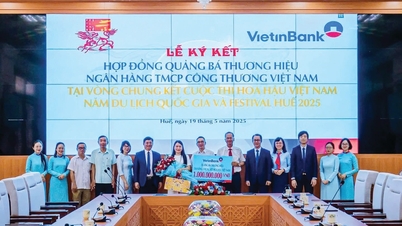
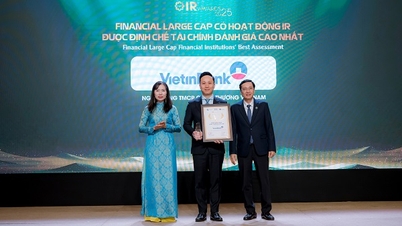
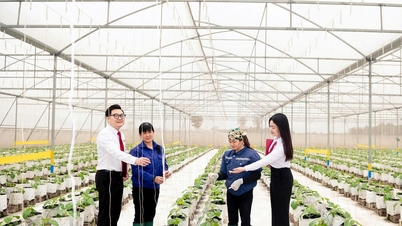

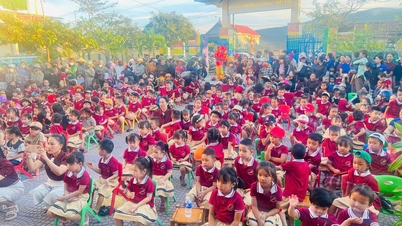








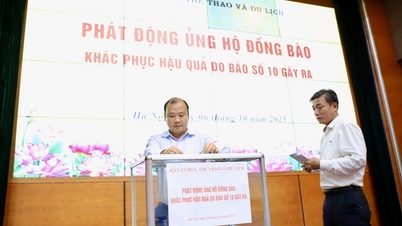




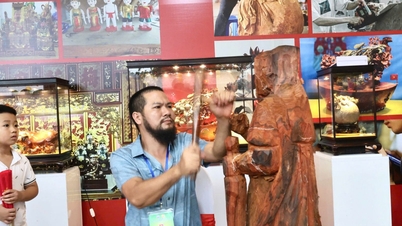

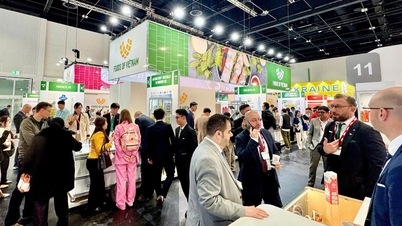












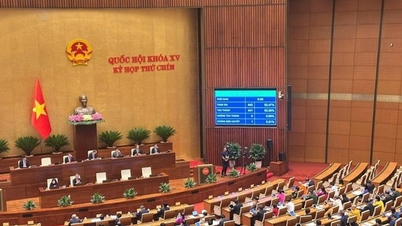









Comment (0)